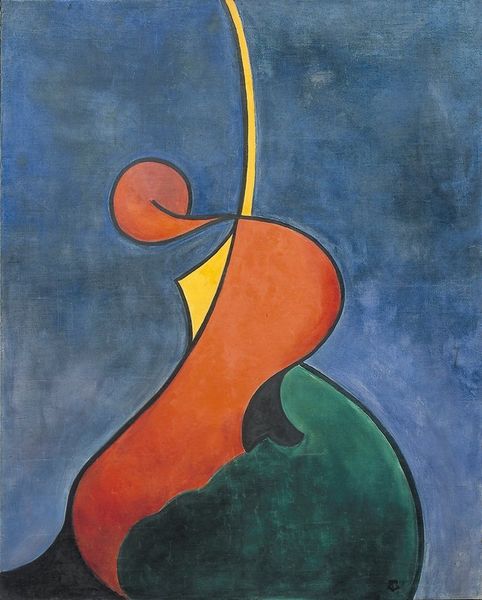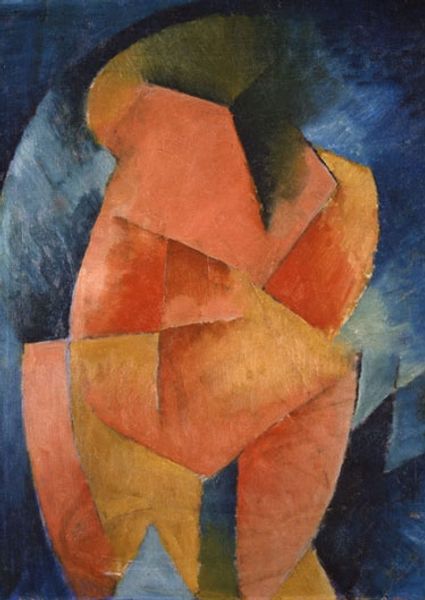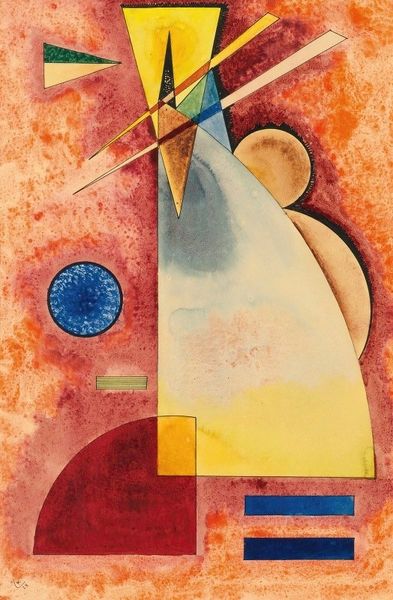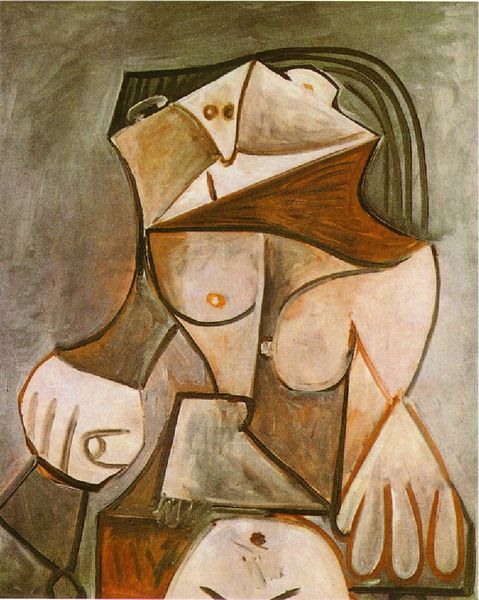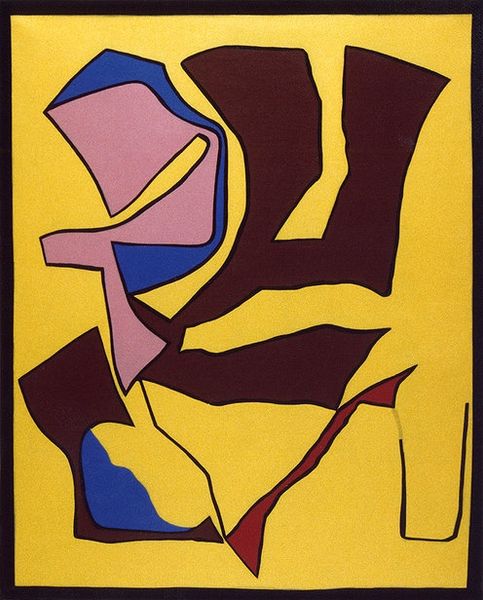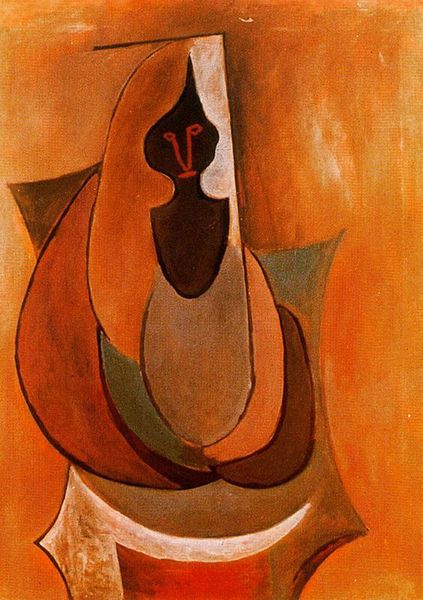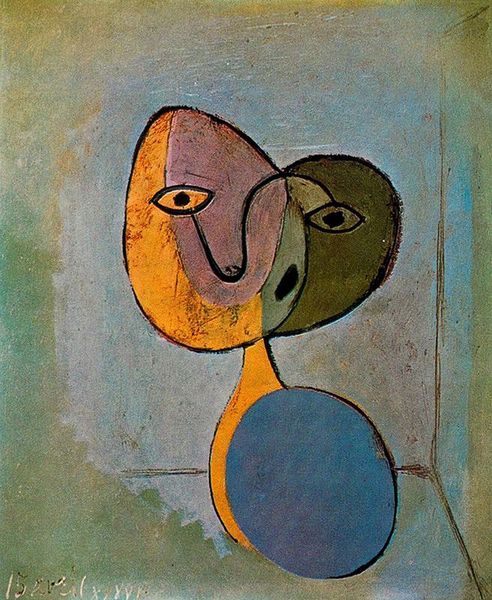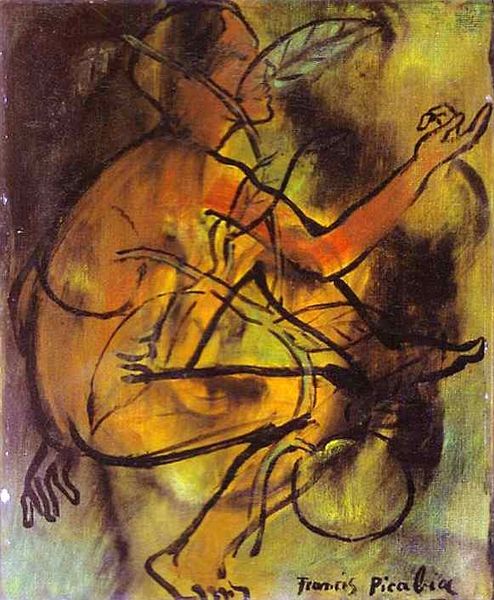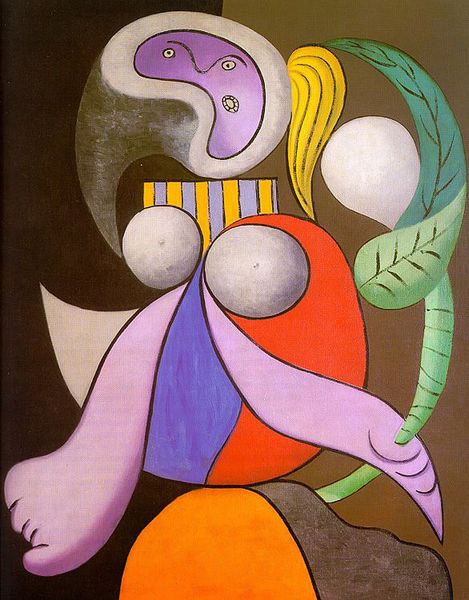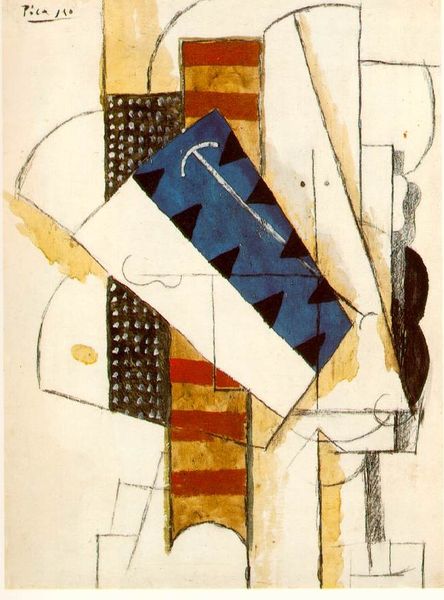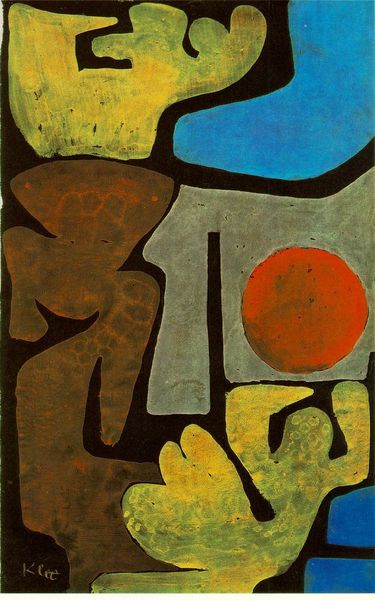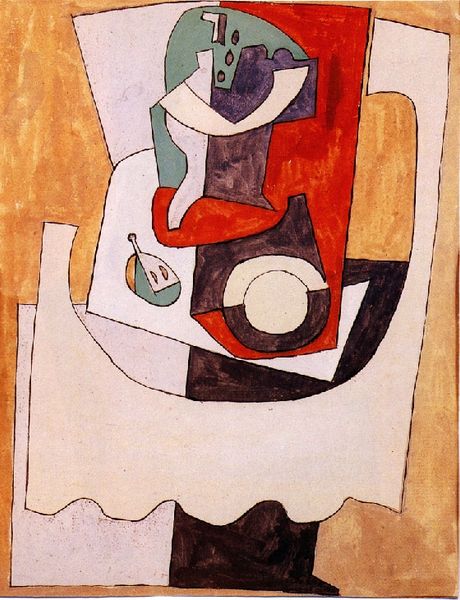
watercolor
#
organic
#
water colours
#
watercolor
#
dada
#
abstraction
#
watercolor
Copyright: Jean Arp,Fair Use
Editor: Looking at Jean Arp's watercolor piece, "Moondancer," it feels almost playful. The forms are soft and the colors blend in a way that reminds me of looking at clouds. What do you see in this piece, especially considering its historical context? Curator: This work speaks volumes about the Dada movement's reaction to the rigid structures and devastating realities of World War I. Arp and his contemporaries sought to dismantle traditional artistic values, favoring chance and spontaneity. "Moondancer" is far from representational, seemingly a challenge to the art establishment of the time. The watercolor medium itself lends to the subversion, not the oil paints typical of the academy. Does the title "Moondancer" provide entry to meaning? Editor: Maybe? It makes me wonder if the shapes are meant to represent something lunar, but abstracted, like a figure moving in moonlight. Does the title connect to broader themes in Arp's work? Curator: Exactly. The title does attempt to assign meaning. Arp was invested in automatic processes that bypass conscious control and express underlying currents. It connects to the broader theme of the "primitive." Consider the way Arp might consider pre-rational cultural conditions where people dance under the moonlight as he uses this piece to challenge reason itself. The work makes one consider Dada as an active social force during that period. How would you summarize its aim? Editor: It’s fascinating to think about how "Moondancer" breaks away from tradition. It’s more than just pretty colors, it's a statement about society and art itself. I understand how looking through the lens of social history can make abstract works more meaningful. Curator: Yes, I believe this piece serves as an embodiment of the hopes and disillusionment of the Post WWI generation. Studying this period can reshape one's perspective on both modernism and current art's ever evolving relationship to the public and established forms.
Comments
No comments
Be the first to comment and join the conversation on the ultimate creative platform.

